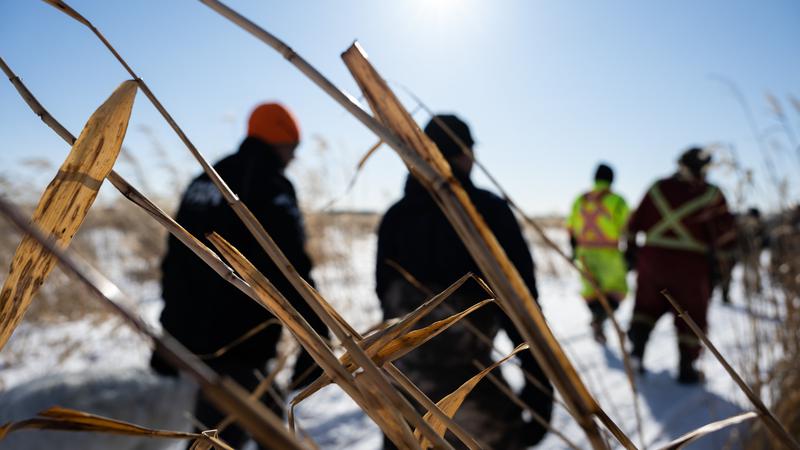
Controlled burns being considered for rejuvenating wildlife habitats & populations
Indigenous people across Saskatchewan are hoping to see controlled fires used in the Saskatchewan River Delta to help restore wildlife habitats and populations.
While many believe fires would destroy everything in their path, they actually help release valuable nutrients on the ground and open the forest canopy to sunlight helping rejuvenate the area.
A conference is being held in Cumberland House highlighting the usefulness of fire and how Indigenous people have used it for decades to help nature thrive.
It’s being put on by the Prince Albert Grand Council (PAGC) in partnership with the Muskrats to Moose (M2M) Project Team which for the last two years has been studying the benefits of controlled burns.


